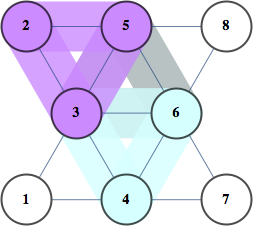My question today is (as usual) a bit silly; but I would request you to kindly consider it.
I wanted to know about the genesis and/or motivation behind the treewidth concept. I sure understand that it is used in FPT algorithms, but I do not think that that was the reason why this notion was defined.
I have written up the scribe notes on this topic in the class of Prof Robin Thomas. I think I understand some of the applications of this concept (as in it transfers separation properties of the tree to the graph decomposed), but for some reason I am not really convinced that the reason this concept was developed was to measure closeness of a graph to a tree.
I will try to make myself more clear (I am not sure if I can, please let me know if the question is not clear). I would like to know if similar notions existed elsewhere in some other branch of mathematics from where this notion was supposedly "borrowed". My guess will be topology -- but owing to my lack of background, I cannot say anything.
The primary reason as to why I am curious about this would be -- the first time I read its definition, I was not sure why and how would anyone conceive of it and to what end. If the question is not still clear I would finally try stating it this way - Let us pretend the notion of treewidth did not exist. What natural questions (or extensions of some mathematical theorems/concepts) to discrete settings will lead one to conceive of a definition (let me use the word involved) as treewidth's.












